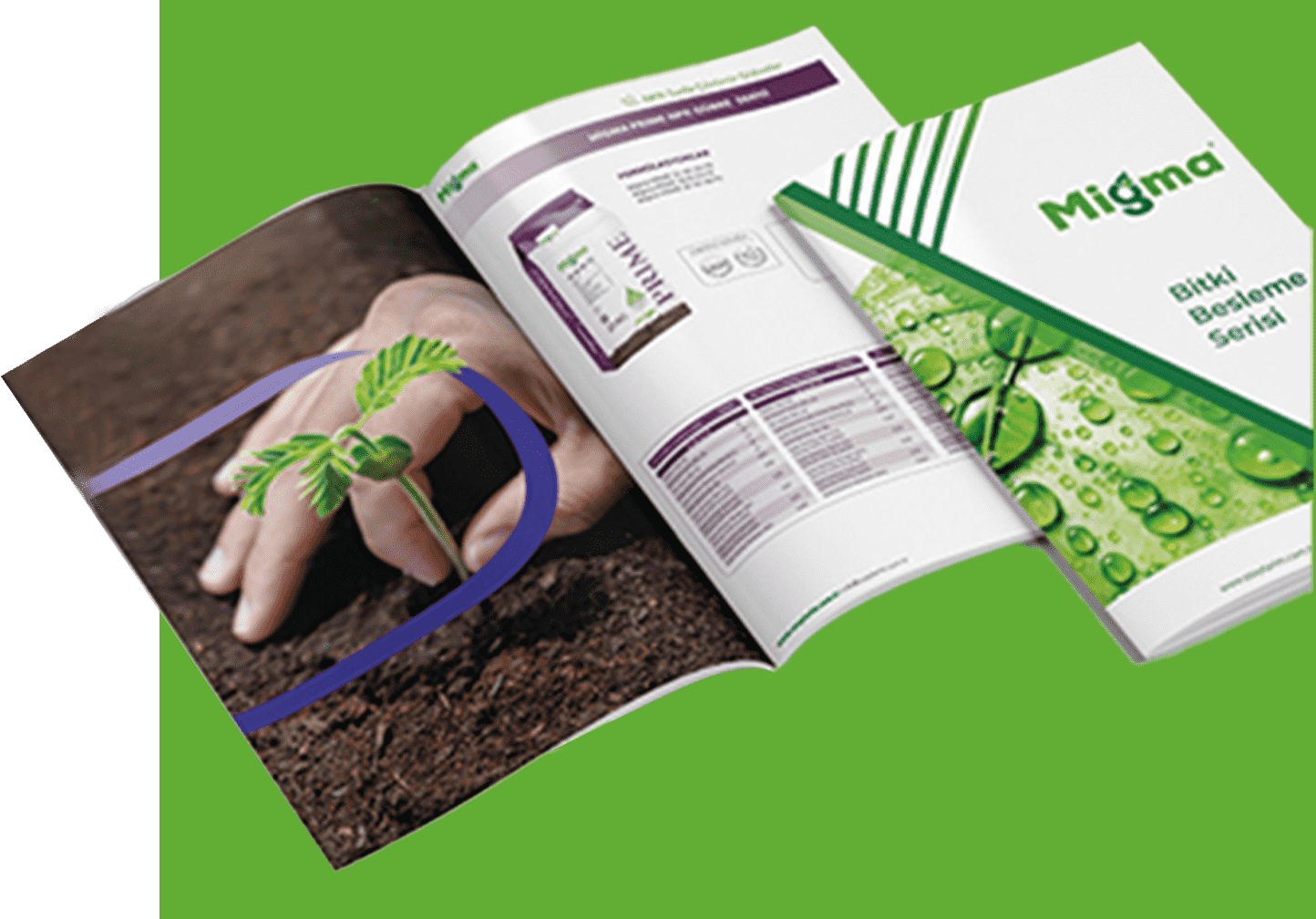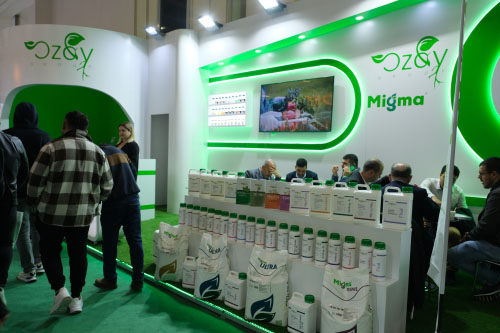Which Vegetables Are Planted in November?
Vegetables that can be planted in open fields in November may vary depending on climate and soil conditions. However, here are some common plants that can be planted in this month:
Vegetables That Can Be Planted in Open Fields in November
Vegetables that can be planted in different climates are as follows;
Vegetables to be Planted in Mediterranean Climate (Warm and Mild Winter)
Leafy Vegetables: Lettuce, spinach, chard, arugula, mint
Root Vegetables: Radish, carrot, red beet, celery, onion
Others: Broccoli, cauliflower, cabbage, garlic, fennel
Vegetables to be Planted in Continental Climate (Cold Winter)
Root Vegetables: Onion, garlic, carrot, radish
Leafy Vegetables: Lettuce (in greenhouse conditions), spinach, chard
Winter Vegetables: Cabbage, celery, broccoli (resistant to short-term frosts)
Vegetables to be Planted in Marmara Climate (Transitional Climate)
Root Vegetables: Carrot, radish, onion
Leafy Vegetables: Spinach, chard, arugula, lettuce
Others: Celery, leek, broccoli, cauliflower
Vegetables to be Planted in the Black Sea Climate (Mild Winter, Humid)
Leafy Vegetables: Swiss chard, spinach, lettuce, arugula
Root Vegetables: Radish, carrot, red beet, celery
Others: Leek, broccoli, cabbage, cauliflower
Vegetables to be Planted in the Aegean Climate (Mild and Mild Winter)
Leafy Vegetables: Lettuce, arugula, swiss chard, spinach, mint
Root Vegetables: Radish, onion, garlic, red beet
Others: Cauliflower, broccoli, leek, celery
Vegetables planted in November generally consist of winter-hardy, short and medium-term harvestable species.
Things to Consider in Newly Planted/Planted Plants in November
Irrigation in November
- Temperate and Rainy Regions: Since rainfall increases in November, irrigation frequency should be reduced. It is important to control the moisture level of the soil and avoid excessive watering.
- Arid or Hot Regions: Controlled irrigation should be done to keep the soil moist when necessary.
Soil Care and Fertilization in November
- Since new planting is done, it is necessary to protect the nutritional value of the soil. Light fertilization can be done with organic fertilizer, compost or rotten leaves.
- Use of Mulch: Mulch can be added to the soil surface, especially to protect the roots and balance the temperature of the soil. This method also prevents the growth of weeds.
Temperature Protection in November
- Protection Against the Risk of Frost: Since there may be a risk of frost in terrestrial and high regions, protective covers or tunnel-shaped greenhouses can be made over the vegetables.
- Wind Protection: Wind can be damaging, especially for young seedlings. Windbreak materials can be placed around the vegetables in windy areas.
Weed Removal in November
- Although weeds grow slower in November, it is important to regularly clean the weeds growing around the vegetable roots and the surrounding areas. This increases the nutrient and water intake of the vegetables.
Disease and Pest Control in November
- Snails and Slugs: Humid conditions attract these pests. They should be checked regularly, and if necessary, they can be removed by sprinkling ash or fine gravel in the environment.
- Fungal Diseases: High humidity can increase fungal diseases. Diseases can be controlled by leaving enough space between plants and using organic fungicides if necessary.
Sunlight Monitoring in November
- Daylight hours decrease in the winter months. Therefore, care should be taken to ensure that plants are planted where they will receive the most sunlight. Plant placement can be rearranged if necessary.
Regular maintenance and monitoring the condition of the soil will help vegetables grow healthily in winter.
News

 Türkçe
Türkçe
 English
English
 Русский
Русский
 العربية
العربية

